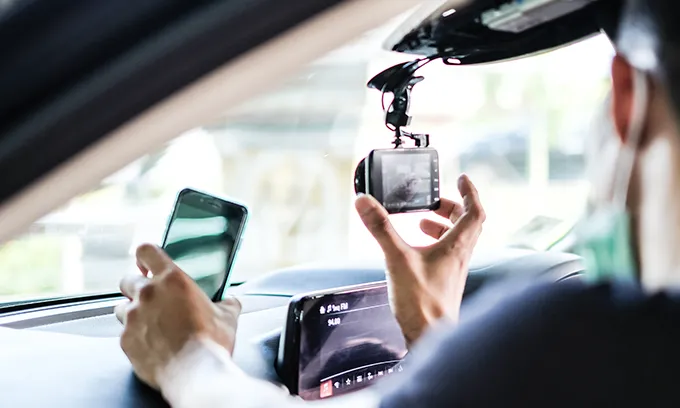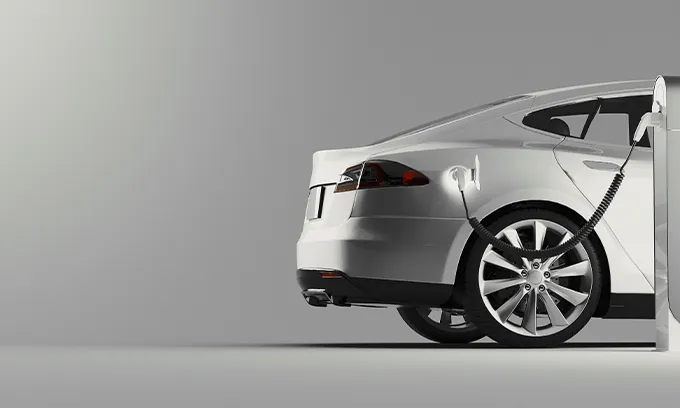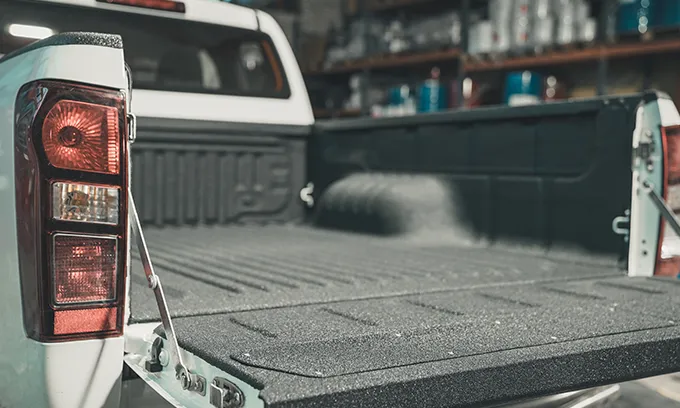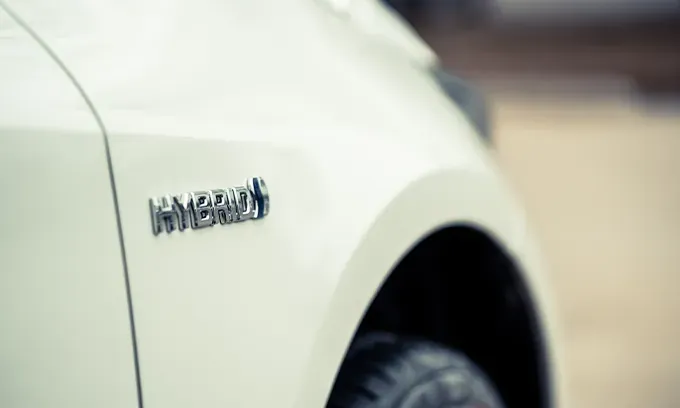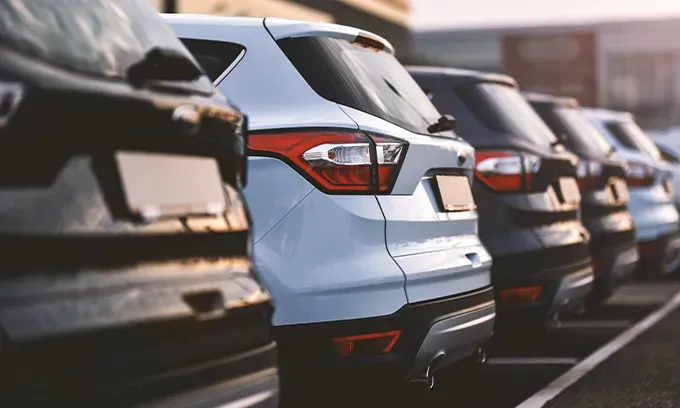Whether you're running daily errands around town, or regularly racking up the kilometres on the open road, a dashcam can help keep you covered in the event of an incident. However before decking out your ride with the latest dashcam tech, it's worthwhile doing your research. We reveal all you need to know about buying the best dashcam.
The primary function of a dashcam is to capture video footage while driving. So, as a starting point, it's important to pick a camera that provides a good level of detail in all types of light conditions.
In addition to this, some models come with features including in-built GPS, and wi-fi and Bluetooth connectivity (pairing up with a compatible smartphone). Others have driver-assistance features, and the ability to monitor a vehicle while parked.
Read on for a rundown of the features commonly found in dashcams, plus an overview of the specs on offer from a range of different models.
Dashcam features
While dashcams are now a common feature in cars, and can help to prove liability in the event of traffic accident, it's important to keep in mind privacy concerns with regard to recorded video footage.
As the Office of the Privacy Commissioner advises via a blog post, “people need to be responsible in how they use the information that dashcams collect, and to think carefully about posting footage online for everyone else to see”.
Typically compact and unobtrusive devices, dashcams can still pack a lot into a small size. Here are some of the main features to look out for:
Camera
It is, of course, important to capture video in detail. Most dashcams record full-HD 1080p video. But it's also important to consider how a camera performs in low-light conditions and at night.
Models fitted with motion sensing technology (referred to as a G-sensor) may have a setting for when a car is parked. This turns the camera on for a set period when motion (such as the car being bumped) is detected. It's a great way of catching the perpetrators of hit and runs in supermarket carparks!
Display
Dashcams can come with or without a display. Models without a display are generally cheaper. Those with a display can typically be operated via the screen. Models without a display usually link up with a smartphone for operation.
Dashcams with displays usually show live camera footage while out on the road. While models with in-built GPS can be set to display maps and location information and, potentially, other information, such as traffic alerts.
Memory
Most dashcams come with internal memory, along with the capacity to expand memory via a microSD card. You'll have to buy these cards separately.
Loop recording provides for continuous recording. Dashcams automatically record over older video files once the memory limit has been reached. Of course, files that need to be kept should be transferred to another storage device. Some models with larger memories allow users to store important files.
Connectivity
Wi-fi and Bluetooth connectivity can provide for the convenient transfer of video files. This means the device, or its microSD card, doesn't need to be physically removed and connected to an external storage device.
Wi-fi connectivity can also enable a range of other functions, such as live traffic updates and location information. Many manufacturers offer smartphone apps to use in conjunction with a dashcam.
Design
Most dashcams are designed to be unobtrusive and discretely mounted. They generally sport a black or grey finish, allowing for the device to blend in with a car's interior. This makes them less distracting inside a vehicle, and also less noticeable from the outside.
From rectangular to cylindrical design styles, dashcams are, as a rule, compact. Larger models generally sport bigger displays, potentially accommodating more information – from live camera footage, to map and location details.
Installation
They are usually designed to be fixed to car windshields via a mount. You'll need to determine where to best position the mount, allowing for both ease of access and an unhindered view of the road.
Dashcams are typically designed to primarily draw power from a car's power accessory socket, while also being equipped with a small rechargeable battery. They will usually come with a power cable and adaptor.
Dashcams and road traffic accidents
At present, there is no specific wordings on car insurance policies in NZ that say that having a dashcam fitted will help save you money on your premium. However, a dashcam’s footage can be beneficial if you find yourself disputing an accident. The issue of who’s at fault can be tricky to determine, especially if there are no witnesses, and a dashcam can help resolve this.
Of course, if you're are concerned enough about your car to fit a dashcam, you'll also care that you've the best insurance cover should an accident occur. But when was the last time you compared your car insurance policy and checked to see if you could get a better deal?


